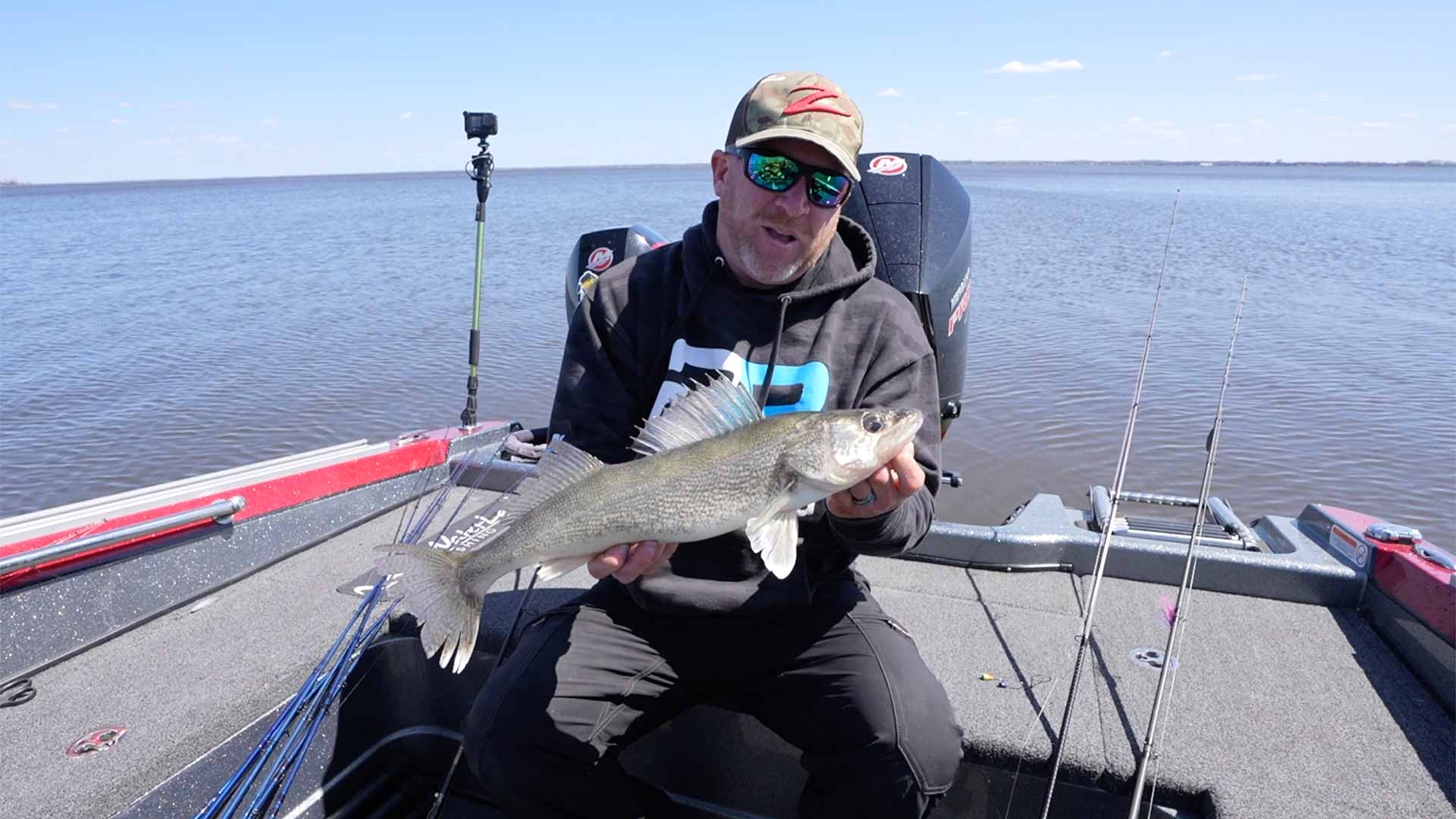Frog Fishing 101 – Bass Fishing Tips
Shallow lily pad fields are aquatic jungles with heavy canopies that provide shade and cover for bass lying below. Weedless frogs allow you crawl lures across their tops without snagging, targeting holes and edges where aggressive bass feed. Patience is key; don’t set the hook too soon when fish rush or boil at your lure. Wait until you actually feel the bite, then slam the hook home and jerk the bass out of its lair.
Fishing for bass in thick cover can be a challenge, but few baits work as well as a frog for extracting big bass out of the jungle. Here are some tips for successful frog fishing.
Why Use a Frog?
A frog is an ideal bait for fishing in thick cover like lily pads, coontail mats, or wild rice. It can cover lots of water, skipping over the thickest mats, and can be paused in open pockets without sinking down. The best frog mates are hollow body with two hooks hugging each side pointing up, keeping it virtually weedless even if it lands on its back. The rubber legs give it lifelike action, even during the pause. When the bass hit it, it collapses the body of the bait, exposing the hooks to drive home.
The Right Gear
Successful frog fishing requires the right gear. A good-sized baitcasting reel with the 7.3 gear ratio spooled up with at least 65-pound braid on a 7 to 7-and-a-half-foot heavy action rod is recommended.
Setting the Hook
The hardest part of frog fishing is not setting the hook too fast. Oftentimes the bass explodes and they miss the bait if you set the hook there and then it just comes flying back. By waiting that half-second until you feel the fish, you’ll greatly increase the number of hookups.
Conclusion
Frog fishing can be an effective way to extract big bass from thick cover. With the right gear and technique, you can increase your chances of success.









